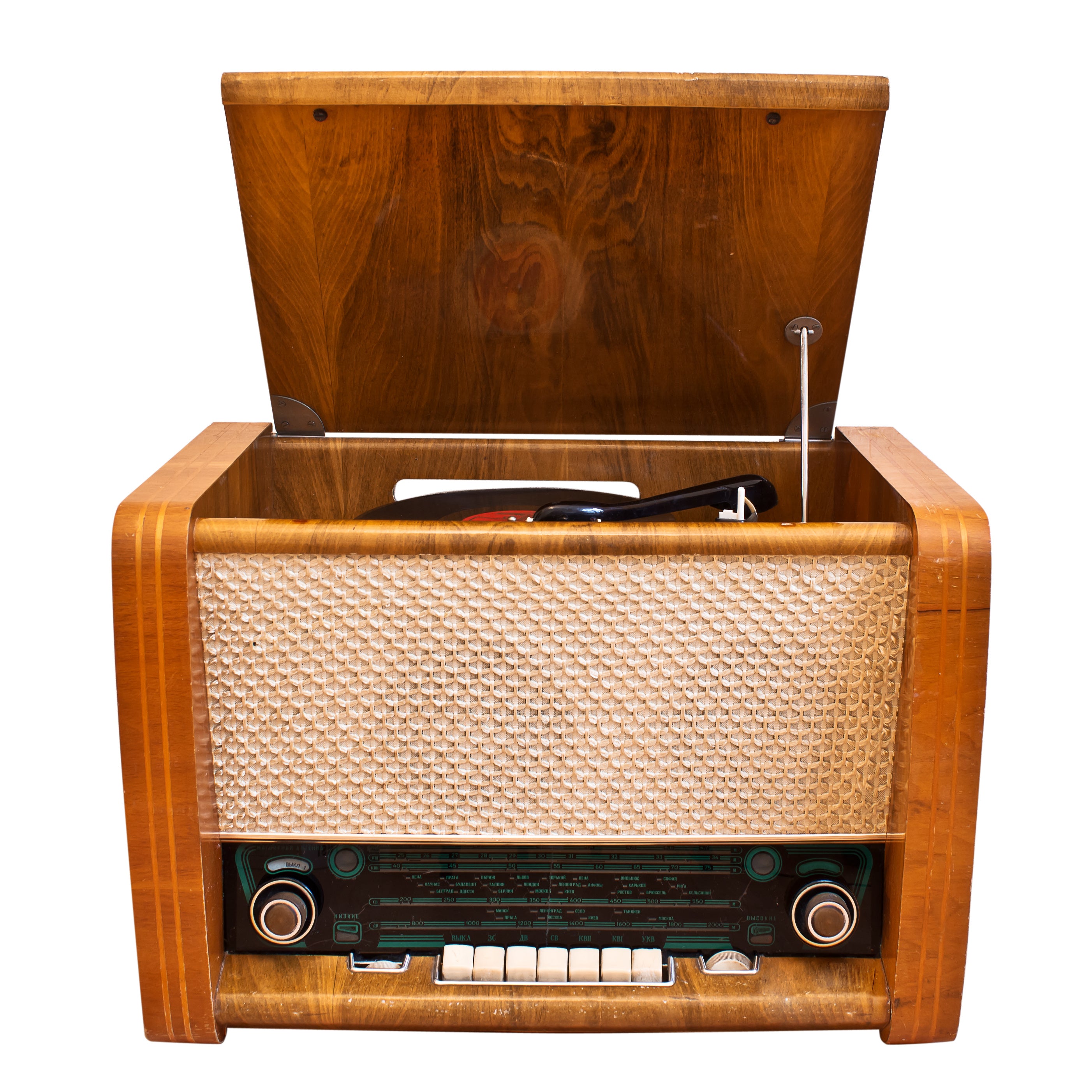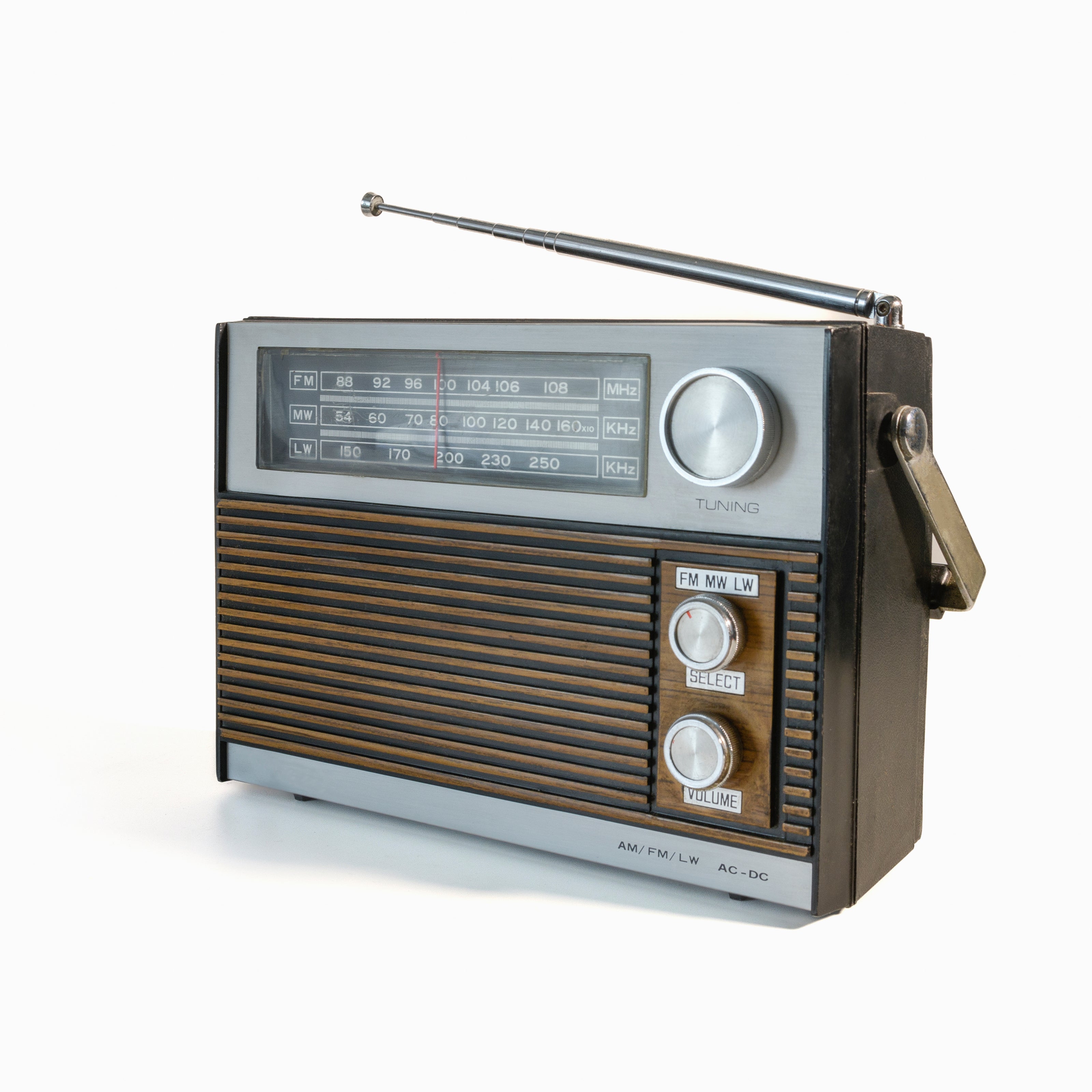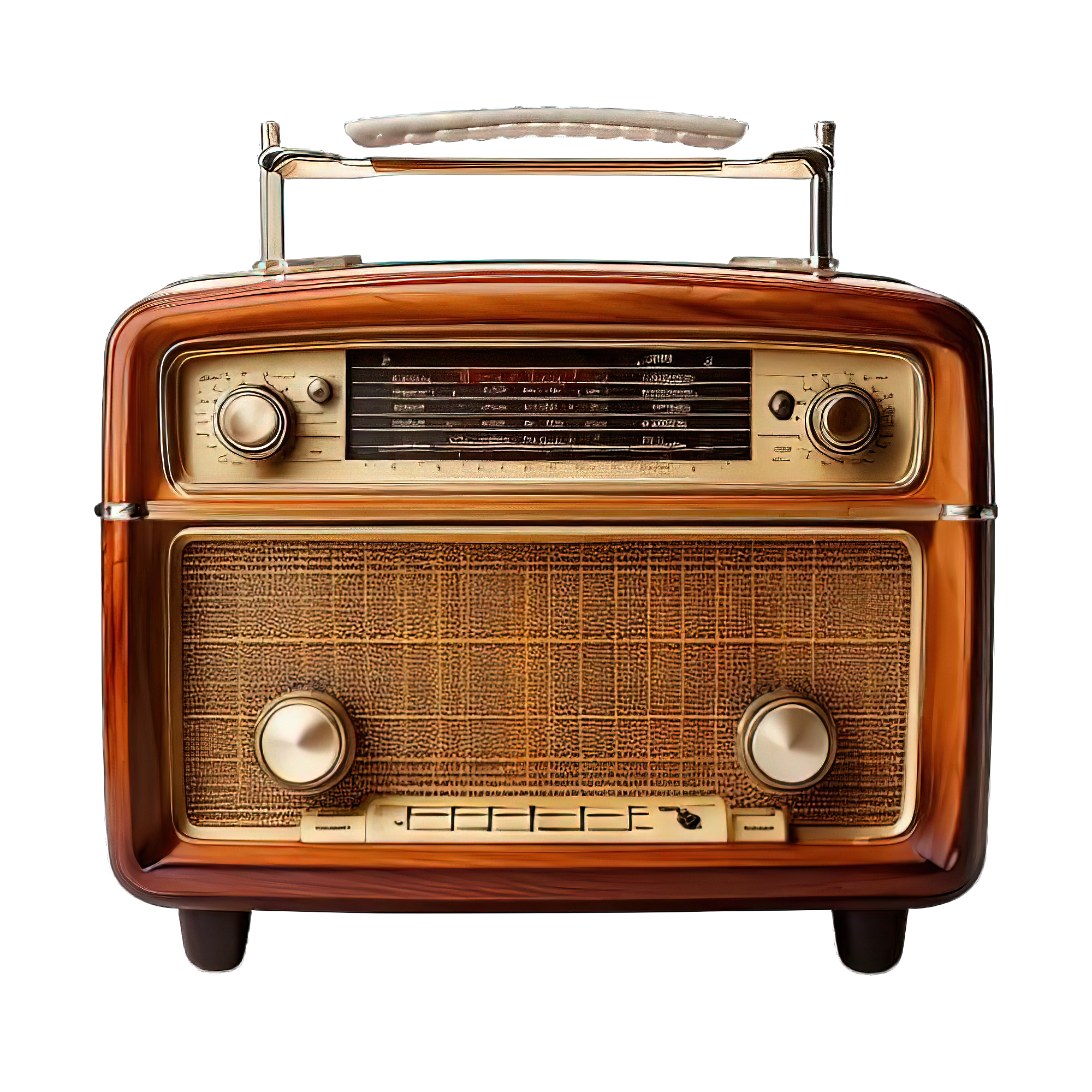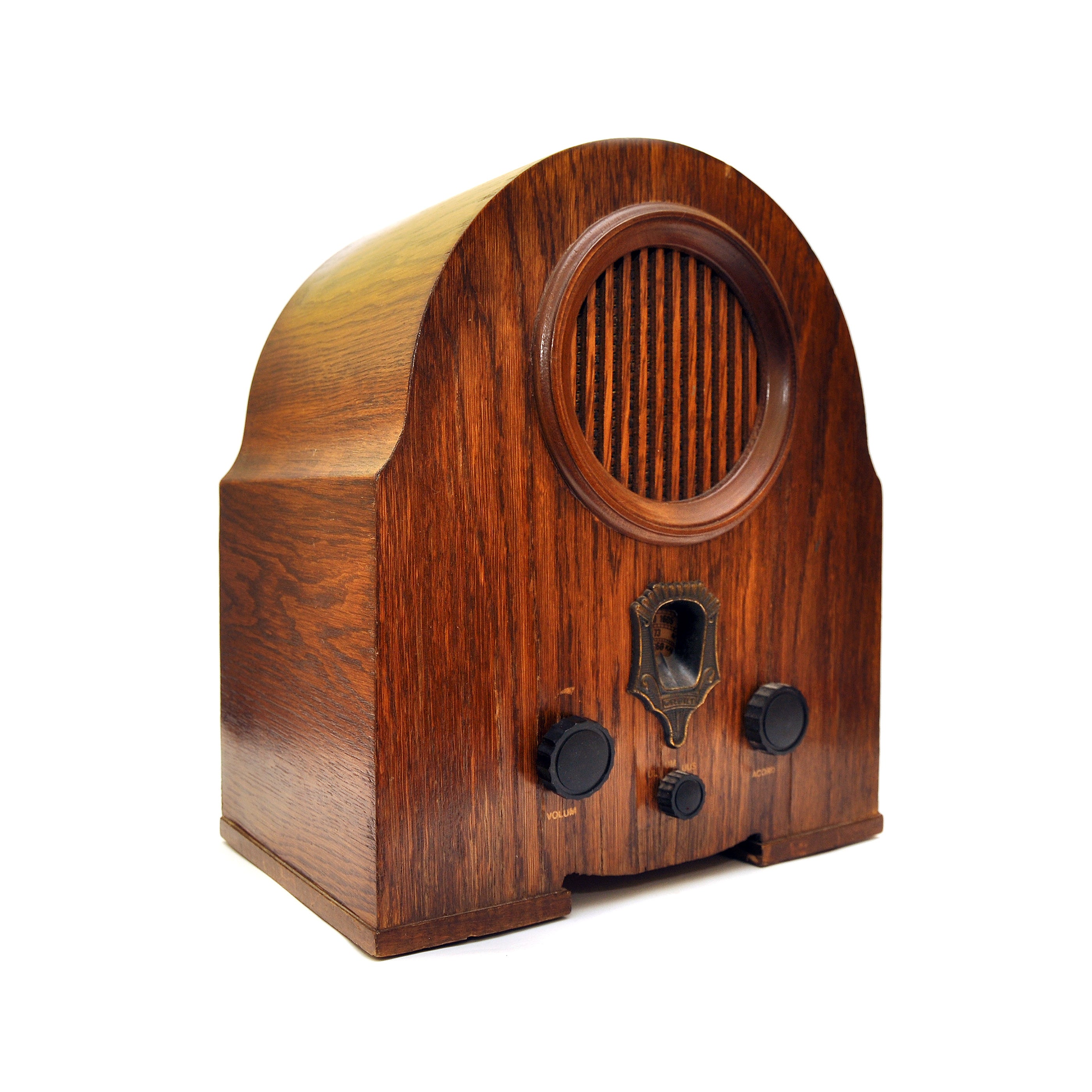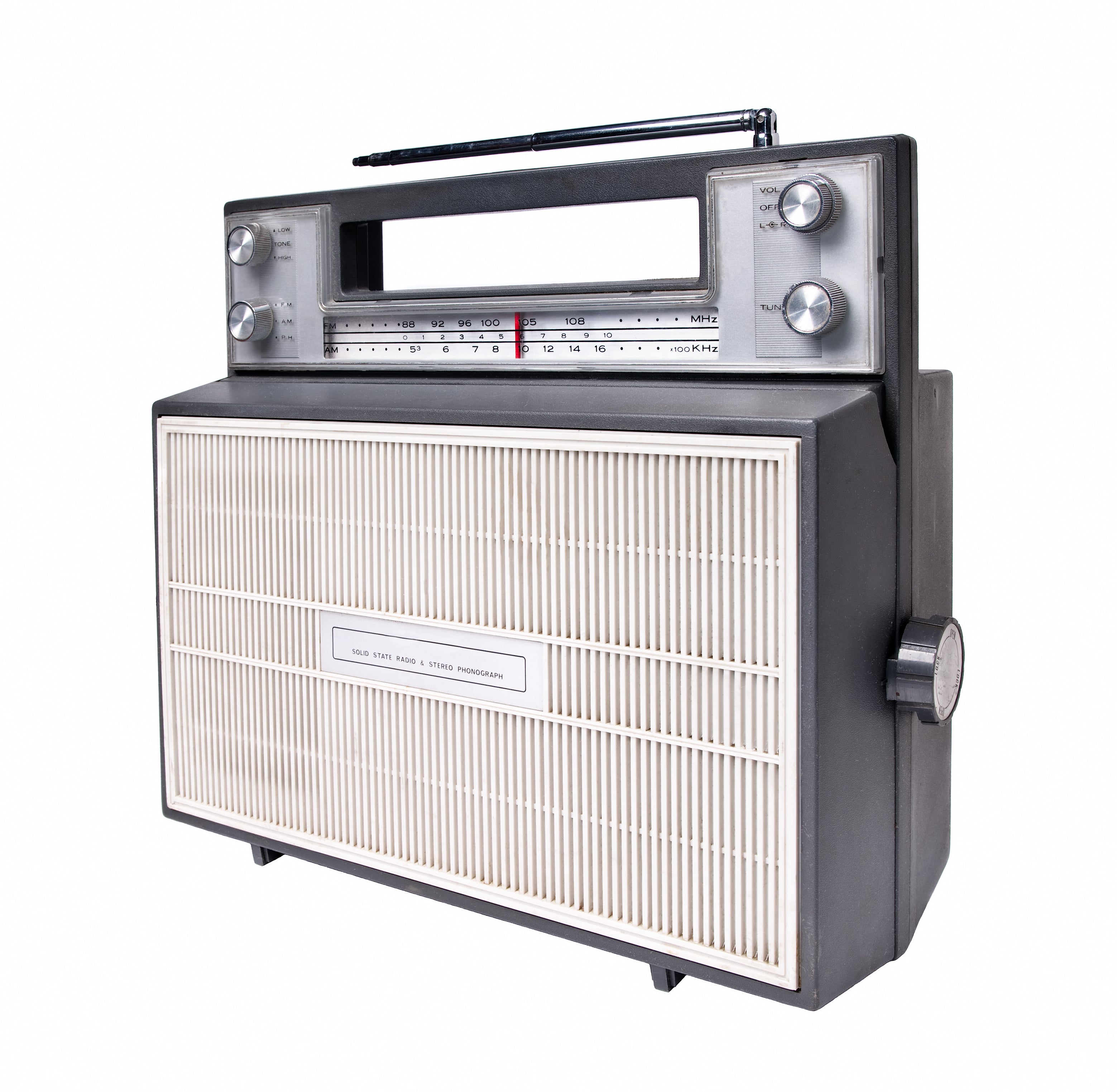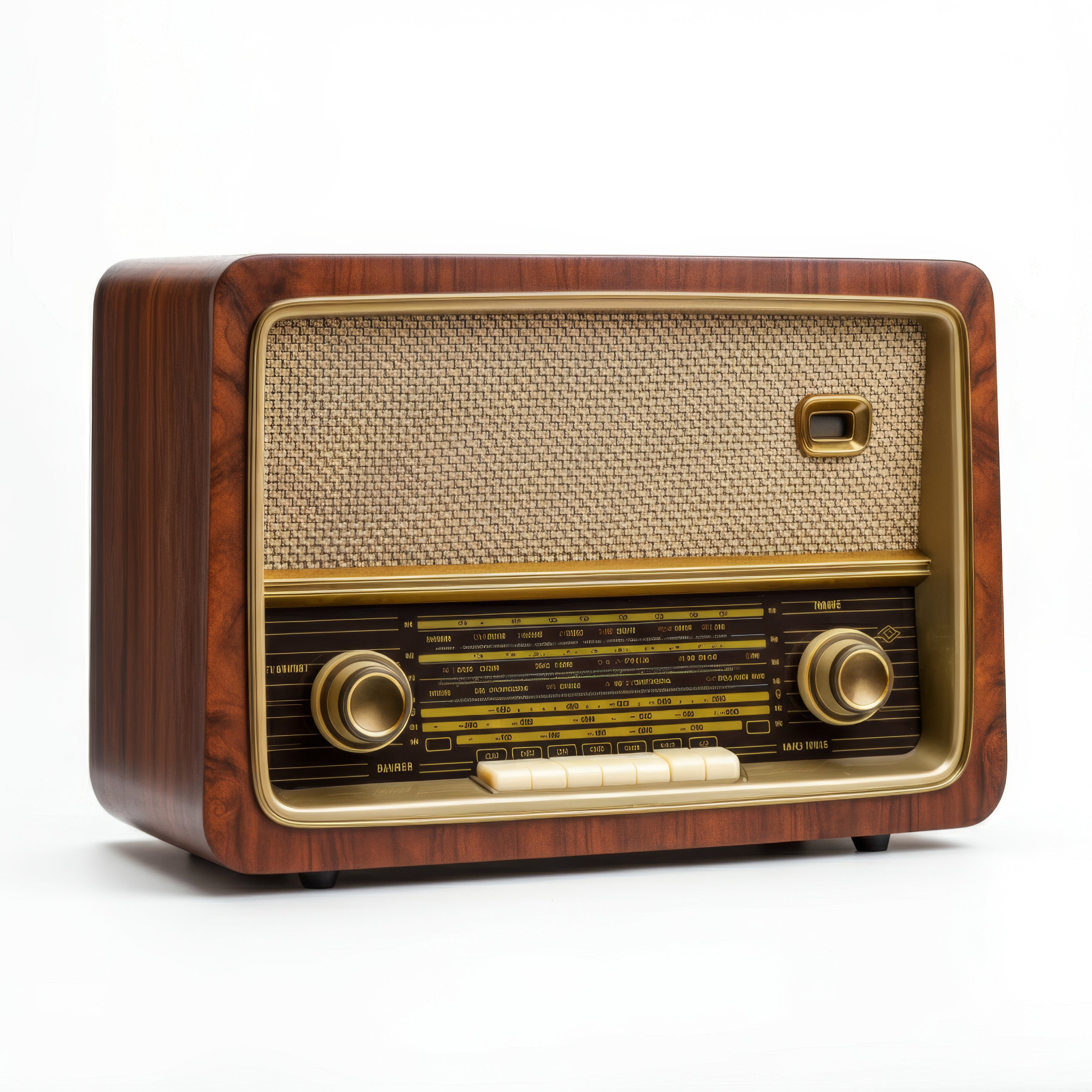
"Tuning into History, Broadcasting Innovation" 📻🎶
Radios: The Soundwaves That Changed the World
Radios have been a revolutionary force in communication, entertainment, and culture. From the first wireless transmissions to the golden age of radio and beyond, this device has connected people across continents, delivering news, music, and storytelling to the masses. Even in today’s digital age, radios remain a powerful medium, blending nostalgia with modern technology.
The Origins: The Birth of Wireless Communication
The story of the radio begins in the late 19th century, when inventors sought ways to transmit sound without wires.
🔹 James Clerk Maxwell first theorized electromagnetic waves in the 1860s.
🔹 Heinrich Hertz later proved their existence in the 1880s.
🔹 Guglielmo Marconi built the first successful wireless telegraphy system in 1895, earning him the title of the "Father of Radio."
🔹 In 1906, Reginald Fessenden made the first-ever voice and music broadcast, a Christmas Eve transmission of speech and violin music.
By the 1920s, radio stations began broadcasting regularly, launching an era of mass communication that reshaped the world.
Innovation and Evolution
Radios have evolved significantly over the decades, adapting to technological advancements and societal needs.
1. Crystal Radios (1900s-1920s):
The earliest radios used crystal detectors and required headphones for listening. These simple, unpowered devices were popular among hobbyists.
🔹 Key Feature: No electricity needed; operated using a crystal and a thin wire "cat’s whisker."
🔹 Impact: Introduced people to the concept of wireless communication.
2. Vacuum Tube Radios (1920s-1940s):
The invention of the vacuum tube amplifier allowed for louder, clearer sound, making radios household staples.
🔹 Key Feature: Electrically powered, capable of amplifying sound for speakers.
🔹 Impact: Gave rise to commercial broadcasting and entertainment radio shows.
3. Golden Age of Radio (1930s-1950s):
During this period, radio became the dominant form of entertainment, featuring live dramas, music programs, and news bulletins. Families gathered around large wooden console radios for their favorite broadcasts.
🔹 Key Feature: AM band stations broadcasting music, drama, and news.
🔹 Impact: United people through shared programming, creating a cultural phenomenon.
4. Transistor Radios (1950s-1970s):
The invention of the transistor in 1947 revolutionized radios, making them portable and battery-powered.
🔹 Key Feature: Small, lightweight, and affordable.
🔹 Impact: Allowed teenagers and music lovers to take rock & roll and pop culture on the go.
5. FM Stereo and Hi-Fi Systems (1960s-1980s):
FM radio provided superior sound quality compared to AM, making it the preferred choice for music broadcasting. Stereo sound systems became popular, enhancing the listening experience.
🔹 Key Feature: Frequency Modulation (FM) for clearer, high-fidelity audio.
🔹 Impact: Increased the popularity of music stations and radio DJs.
6. Boomboxes and Car Radios (1970s-1990s):
Radios became even more portable and social, with the rise of boomboxes and integrated car audio systems.
🔹 Key Feature: Larger speakers, cassette players, and AM/FM tuning.
🔹 Impact: Defined street culture and revolutionized music consumption.
7. Digital and Internet Radios (2000s-Present):
Radios embraced digital transformation, offering satellite broadcasting, streaming services, and internet-based stations.
🔹 Key Feature: DAB (Digital Audio Broadcasting) and online radio accessibility.
🔹 Impact: Allowed global access to diverse music and talk shows without geographical limitations.
Cultural Impact and Usage
Radios have influenced history, politics, entertainment, and even revolutions:
🎙️ News & Information: Radio has played a vital role in delivering news—especially during wars, natural disasters, and historic moments.
🎵 Music & Pop Culture: The rise of rock ‘n’ roll, jazz, and hip-hop was fueled by radio airwaves.
🎭 Storytelling Medium: Before TV, radio dramas like The War of the Worlds (1938) captivated millions.
🚀 Emergency Communication: Radios are still crucial for disaster relief and military communication.
Interesting Facts About Radios
📡 The first-ever commercial radio station, KDKA, began broadcasting in 1920 in Pittsburgh, Pennsylvania.
📡 During World War II, radio was the primary medium for wartime updates and propaganda.
📡 FM radio was nearly abandoned in the early days due to AM dominance, but it later became the preferred music format.
Why Radios Matter Today
Despite the rise of digital media, radio remains a trusted, accessible, and resilient form of communication. Whether through traditional FM/AM waves or modern streaming platforms, the magic of radio continues to unite audiences worldwide.

